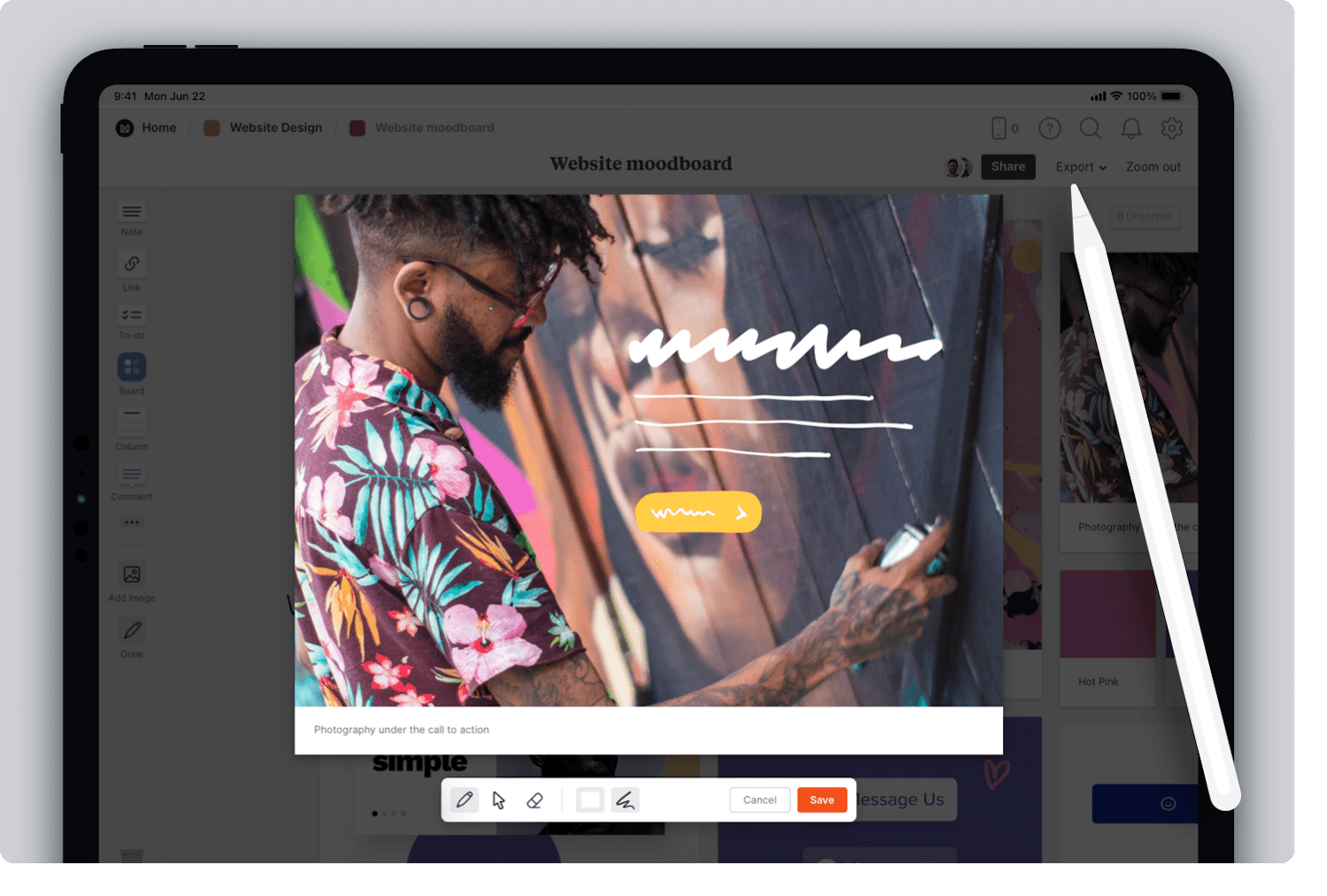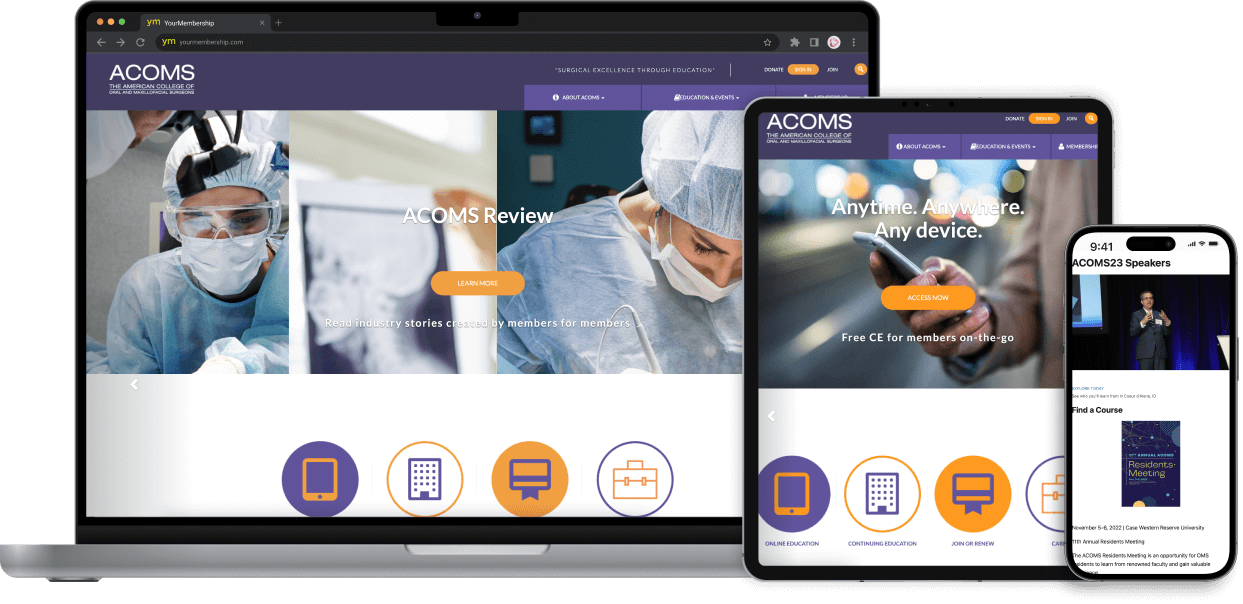Website Design Solutions for New Businesses on a Limited Budget
Necessary Concepts of Site Layout: Creating User-Friendly Experiences
By focusing on user requirements and choices, developers can foster interaction and contentment, yet the effects of these concepts extend past simple capability. Comprehending how they link can significantly impact a website's total efficiency and success, motivating a better evaluation of their specific roles and collective influence on user experience.

Importance of User-Centered Layout
Focusing on user-centered design is important for developing efficient sites that fulfill the requirements of their target audience. This strategy puts the user at the center of the layout process, ensuring that the internet site not only operates well however additionally resonates with customers on a personal level. By recognizing the individuals' preferences, habits, and objectives, developers can craft experiences that cultivate interaction and satisfaction.

In addition, taking on a user-centered layout ideology can lead to improved accessibility and inclusivity, satisfying a varied audience. By considering different user demographics, such as age, technical effectiveness, and cultural histories, developers can produce internet sites that rate and functional for all.
Eventually, focusing on user-centered style not just enhances individual experience however can also drive vital organization end results, such as boosted conversion rates and consumer commitment. In today's competitive electronic landscape, understanding and prioritizing user demands is a critical success factor.
Instinctive Navigation Structures
Reliable web site navigation is usually a vital aspect in boosting individual experience. User-friendly navigating structures allow customers to locate information rapidly and efficiently, reducing stress and enhancing involvement.
To develop instinctive navigating, designers must prioritize quality. Tags ought to be acquainted and detailed to individuals, preventing lingo or unclear terms. A hierarchical structure, with key groups causing subcategories, can even more assist customers in recognizing the connection between different areas of the website.
Furthermore, incorporating aesthetic cues such as breadcrumbs can lead individuals via their navigation path, enabling them to easily backtrack if required. The inclusion of a search bar likewise boosts navigability, approving customers guide access to web content without having to browse with several layers.
Responsive and Adaptive Designs
In today's electronic landscape, guaranteeing that web sites operate effortlessly throughout various tools is important for customer fulfillment - Website Design. Receptive and adaptive layouts are 2 essential strategies that enable this performance, dealing with the diverse array of display sizes and resolutions that individuals might experience
Receptive layouts utilize liquid grids and flexible photos, enabling the website to instantly adjust its aspects based on the display measurements. This strategy supplies a constant experience, where material reflows dynamically to fit the viewport, which is especially advantageous for mobile individuals. By utilizing CSS media inquiries, developers can produce breakpoints that maximize the design for different devices without the need for separate designs.
Adaptive layouts, on the various other hand, utilize predefined designs for details display dimensions. When a user accesses the site, the web server spots the tool and serves the appropriate design, ensuring an optimized experience for differing resolutions. This can bring about faster loading times and boosted efficiency, as each design is customized to the gadget's abilities.
Both flexible and receptive styles are critical for boosting customer involvement and fulfillment, eventually adding to the website's overall effectiveness in satisfying its objectives.
Consistent Visual Pecking Order
Establishing a regular aesthetic hierarchy is pivotal for guiding users via a web site's material. This principle makes sure that info exists in a fashion that is both user-friendly and engaging, permitting users to conveniently understand the product and navigate. A distinct hierarchy utilizes various style elements, such as dimension, spacing, contrast, and shade, to produce a clear difference between different kinds of content.

Furthermore, consistent application of these aesthetic hints throughout the website cultivates experience and trust. Customers can rapidly find out to acknowledge patterns, making their interactions extra effective. Ultimately, a solid visual power structure not just boosts individual experience but additionally improves general website use, encouraging deeper involvement and facilitating the preferred activities on a website.
Ease Of Access for All Customers
Accessibility for all users is an essential element of internet site design that guarantees everybody, no matter their disabilities or abilities, can engage with and advantage from on-line web content. Creating with accessibility in mind includes applying practices that accommodate diverse customer needs, such as those with visual, acoustic, motor, or cognitive problems.
One vital guideline is to comply with the Web Web Content Ease Of Access Standards (WCAG), which offer a structure for creating available electronic experiences. This includes utilizing adequate shade comparison, giving message choices for photos, and ensuring that navigation is keyboard-friendly. In addition, using receptive style methods makes certain that websites function properly throughout numerous tools and display sizes, further enhancing accessibility.
An additional essential variable is making use of clear, succinct language that avoids jargon, making content comprehensible web for all users. Involving individuals with assistive innovations, such as screen viewers, requires mindful interest to HTML semantics and ARIA (Accessible Abundant Net Applications) functions.
Inevitably, focusing on availability not only meets lawful commitments but additionally broadens the target market reach, promoting inclusivity and enhancing individual fulfillment. A dedication to availability reflects a commitment to creating fair electronic atmospheres for all users.
Conclusion
To conclude, the vital concepts of website style-- user-centered layout, intuitive navigation, responsive designs, regular visual pecking order, and access-- jointly add to the development of straightforward experiences. Website Design. By focusing on user needs and making sure that all people can effectively engage with the resource site, designers improve functionality and foster inclusivity. These concepts not just improve individual contentment yet also drive positive company end results, ultimately demonstrating the important relevance of thoughtful website design in today's digital landscape
These methods offer vital understandings right into customer assumptions and discomfort factors, allowing designers to tailor the site's features and content accordingly.Reliable internet site navigating is commonly an essential aspect in enhancing user experience.Establishing a constant aesthetic power structure is pivotal for guiding customers via a web site's material. Ultimately, a solid aesthetic pecking order not only boosts customer experience yet additionally enhances general site use, motivating deeper involvement and promoting the preferred actions on a website.
These concepts not only improve customer fulfillment but additionally drive favorable business end results, eventually demonstrating the essential value of thoughtful site layout in today's digital landscape.